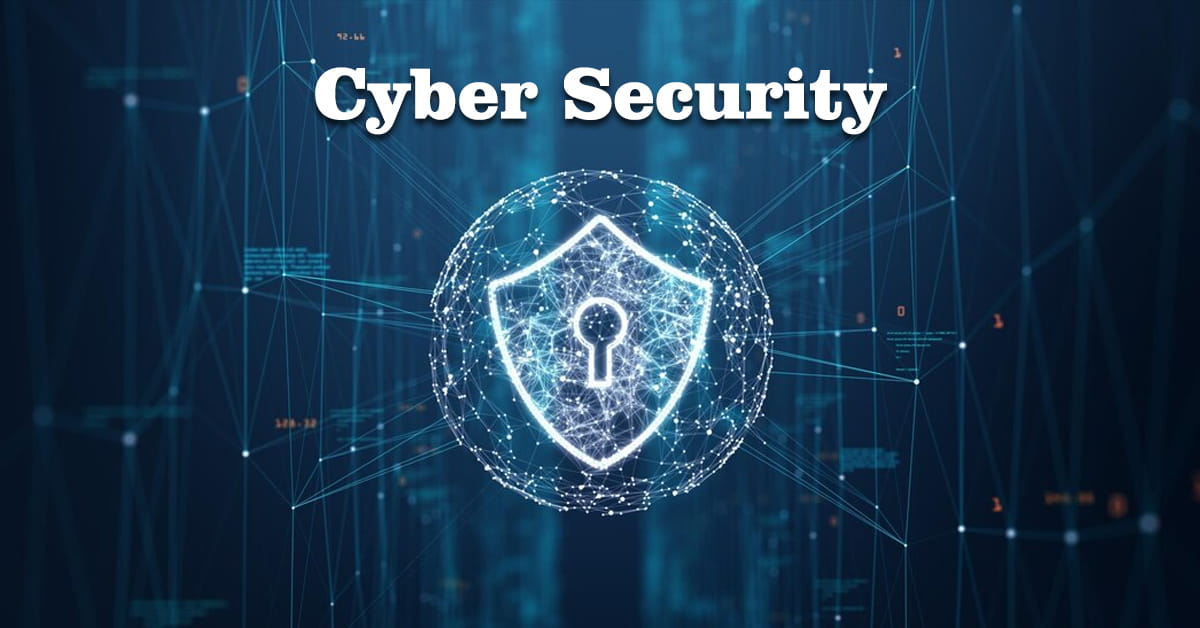
In the realm of cyber security, threats have evolved alongside the advancement of technology. Among the many tools used by malicious actors, "sniffers" play a crucial role in gaining unauthorized access to sensitive data and breaching network security. Sniffers are programs or devices designed to intercept and monitor network traffic, making them potent tools for both security professionals and hackers alike. In this article, we will explore the concept of sniffers in cyber security, their functioning, types, use cases, and their significance in safeguarding network infrastructure.
How Sniffers Work
At its core, a sniffer is a passive tool that quietly listens to and captures packets of data as they traverse a network. It does not actively interfere with the network's operations but acts as a silent observer. Sniffers are often placed strategically at different points within a network, such as routers, switches, or even on individual computers, to capture packets destined for various endpoints.
When a device sends data across the network, the data is divided into smaller units called "packets." Each packet contains information such as the source and destination IP addresses, the type of data being transmitted, and the sequence number. A sniffer intercepts these packets and reconstructs the data they contain, enabling the observer to analyze the information being transmitted.
Types of Sniffers
1. Passive Sniffers: As mentioned earlier, passive sniffers observe the network traffic without actively participating in it. They are the preferred choice for security analysts to monitor network activities and identify potential vulnerabilities or signs of unauthorized access.
2. Active Sniffers: Unlike passive sniffers, active sniffers interact with network traffic by inserting themselves into the communication process. They can manipulate data, inject packets, or generate additional traffic. While these can be used for legitimate purposes, they are often employed by hackers for malicious activities.
3. Hardware Sniffers: Hardware sniffers are physical devices used for packet capturing. They are directly connected to the network and can efficiently capture large amounts of data, making them useful in high-speed network environments.
4. Software Sniffers: Software-based sniffers, as the name suggests, are programs that run on computers and are capable of capturing network packets. They can be installed on various operating systems and are relatively easier to set up and use.
Use Cases of Sniffers
1. Network Troubleshooting: Sniffers are invaluable tools for network administrators and engineers when troubleshooting connectivity issues or analyzing network performance problems. By inspecting captured packets, they can identify the root causes of problems and work towards solutions.
2. Security Monitoring: Security professionals use sniffers to monitor network traffic and detect any suspicious or malicious activities. Unusual traffic patterns, unexpected connections, or unauthorized data transfers can all be indicators of potential security breaches.
3. Protocol Analysis: Sniffers help in analyzing network protocols, ensuring that data is transmitted accurately and securely between devices. They can identify protocol-specific errors and ensure compliance with industry standards.
4. Ethical Hacking: In ethical hacking scenarios, security researchers use sniffers to identify vulnerabilities and weaknesses in a network's security. By simulating attacks, they can help organizations strengthen their defenses against potential threats.
Security Risks of Sniffers
While sniffers can be indispensable tools for legitimate purposes, they also pose significant security risks when misused or employed by malicious actors.
1. Data Privacy Breaches: If unauthorized individuals gain access to sensitive data via sniffers, it can lead to severe privacy breaches, compromising confidential information such as login credentials, personal records, or financial data.
2. Man-in-the-Middle Attacks: Hackers can use sniffers to perform man-in-the-middle attacks, intercepting communication between two parties and even altering the data being transmitted, leading to unauthorized access or data manipulation.
3. Network Eavesdropping: Unauthorized sniffers can capture and monitor sensitive information,
such as emails, messages, or VoIP calls, leading to potential data theft or corporate espionage.
Is IP sniffing illegal?
IP sniffing, also known as packet sniffing or network sniffing, refers to the practice of intercepting and inspecting data packets flowing through a network to extract information such as IP addresses, protocols, and data contents. The legality of IP sniffing largely depends on the intent and context of its use.
In many jurisdictions, utilizing IP sniffing for legitimate purposes like network monitoring, security analysis, or troubleshooting within one's own network is typically considered legal, provided consent is obtained from users or employees.
However, using IP sniffer maliciously, like for unauthorized data interception, identity theft, or other forms of cybercrime, is highly illegal and subject to severe penalties.
To ensure compliance with local laws and regulations, individuals and organizations must exercise caution and use IP sniffing responsibly and ethically, respecting the privacy and security of others. Always consult legal experts to fully understand the implications of IP sniffing in specific situations.
Conclusion
Sniffers are potent tools in the world of cyber security, offering insights into network activities, enabling professionals to identify and address vulnerabilities, and enhancing overall security measures. However, their dual nature as both defensive tools and potential threats underscores the importance of implementing robust security practices and access controls. By employing sniffers responsibly and proactively defending against malicious usage, organizations can harness the power of these tools to safeguard their networks from modern cyber threats.
0 Comment(s)